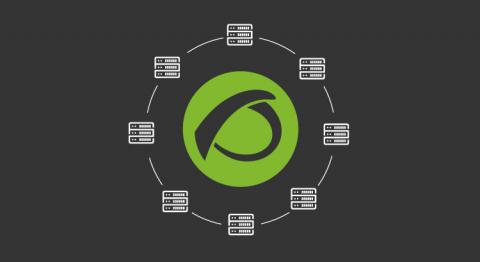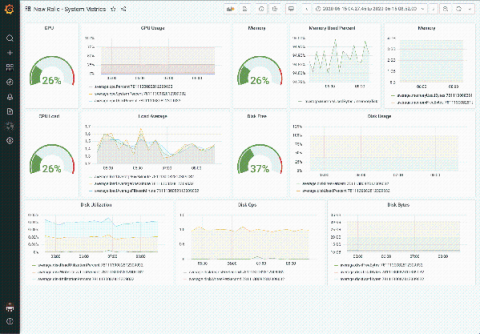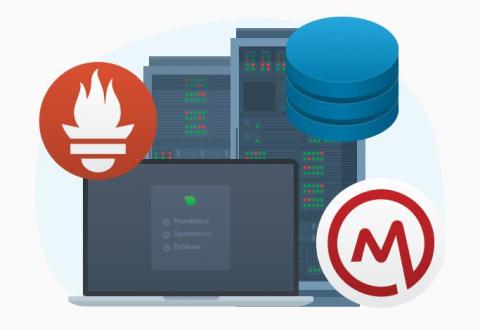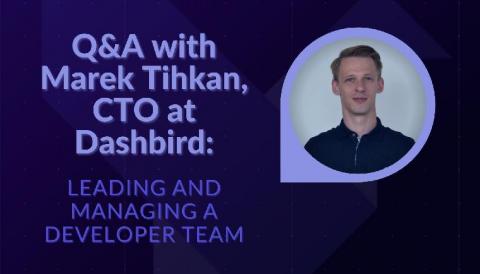The Future of Business Monitoring is Here & it's Autonomous
As the business world continues to integrate AI and machine learning to better manage big data processes, one area that arguably has benefitted the most is business monitoring. From IT management to business intelligence, the last few years have seen a drastic shift in how companies are monitoring their data.










